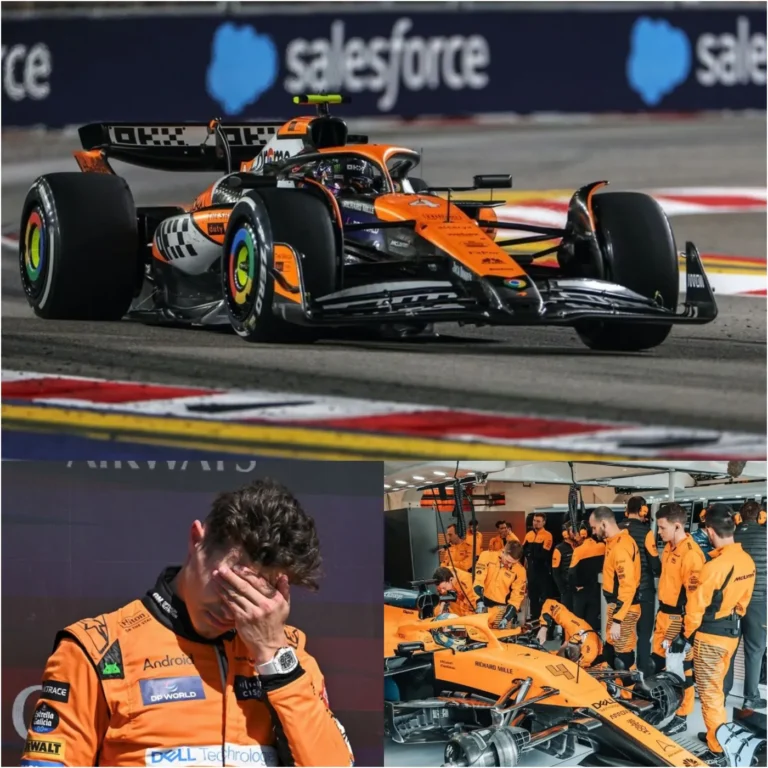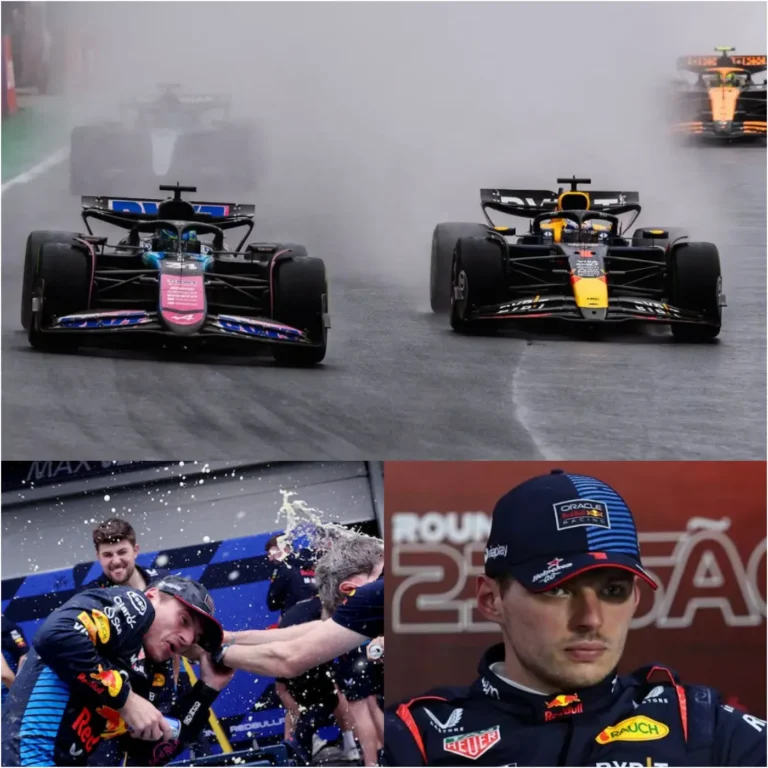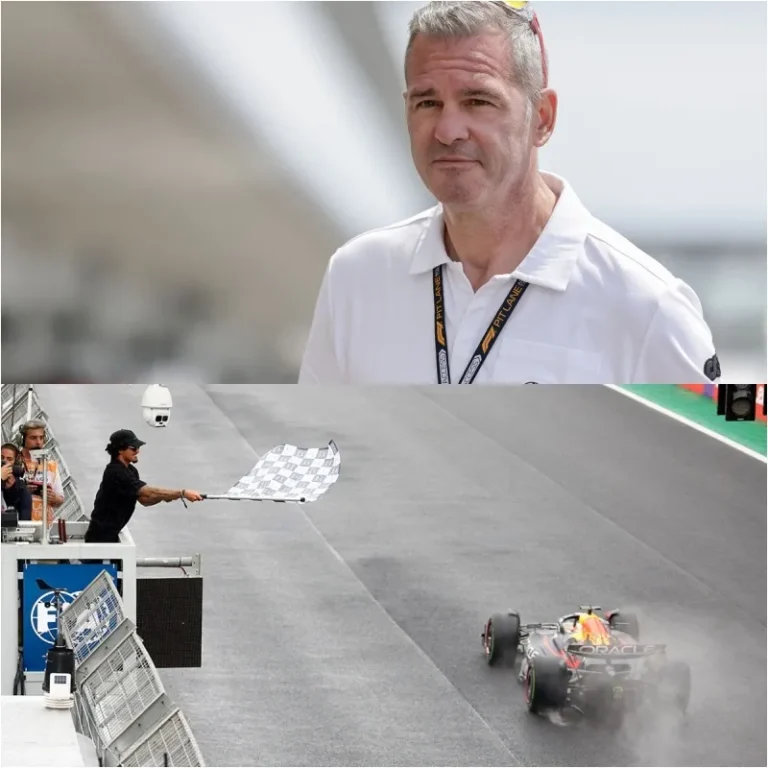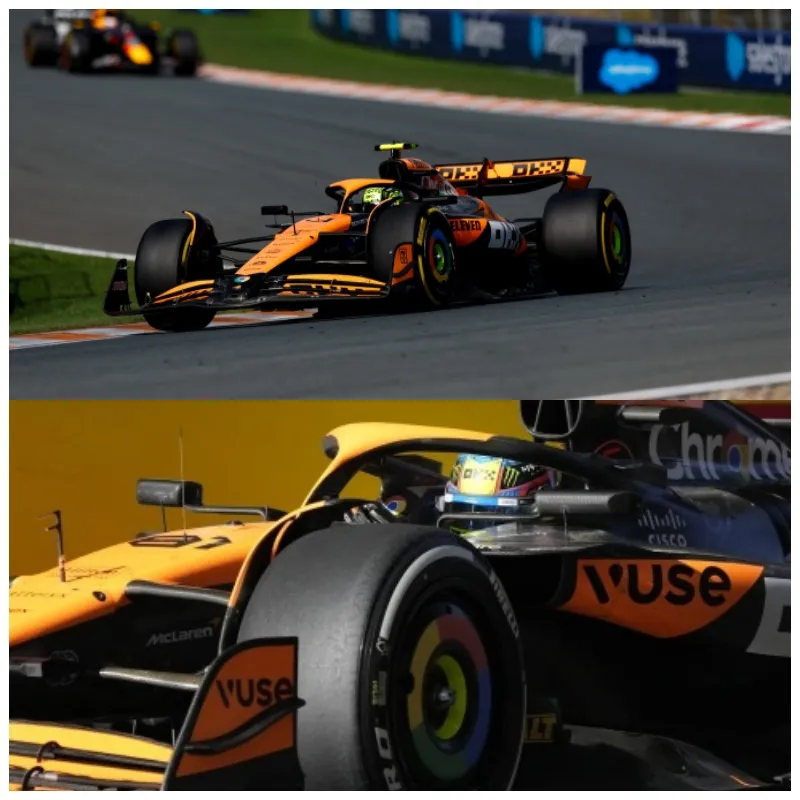
Max Verstappen’s unexpected 23-second gap behind McLaren’s Lando Norris at the Dutch Grand Prix has drawn significant attention. Struggles with the RB20’s limitations and an ineffective car setup left the Dutch driver unable to defend his position effectively, leading to his most substantial gap behind a race winner this season and marking his first loss at Zandvoort since the race returned in 2021.
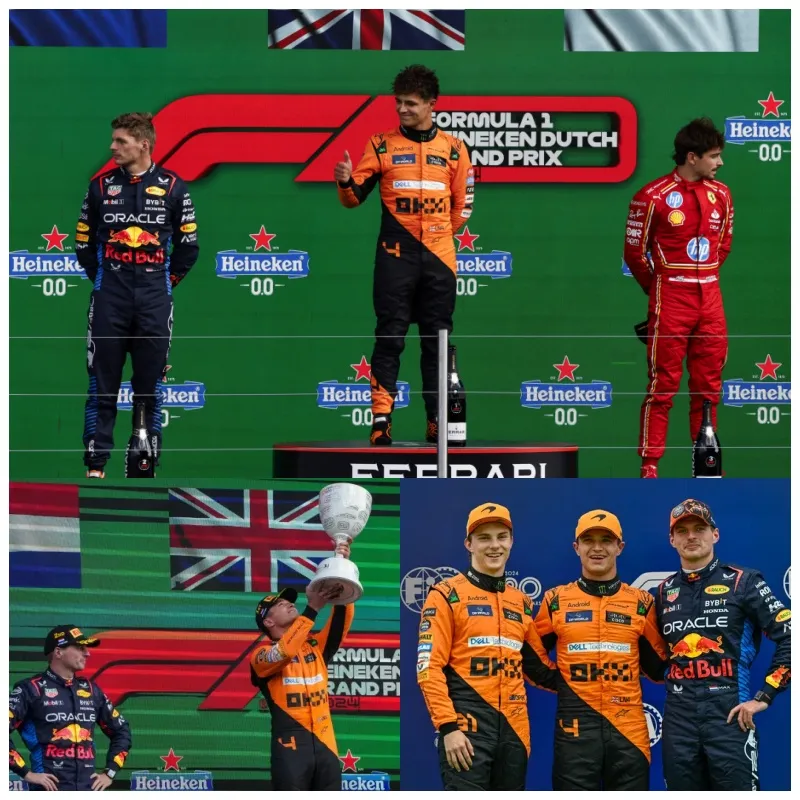
Norris completed the 72-lap race on August 25 in 1 hour, 30 minutes, and 45.519 seconds, finishing an impressive 22.896 seconds ahead of Verstappen. Initially trailing Norris, Verstappen lost the lead around lap 18, and from then, McLaren’s strategic moves and car adjustments allowed Norris to steadily build a lead.
Reflecting on his victory, Norris praised the MCL38’s remarkable speed: “The car was incredibly fast, always giving me the ability to accelerate when I needed to. I saw the gap early on because Max couldn’t push through, and as the laps went on, we got faster and faster.”
McLaren’s team principal, Andrea Stella, noted that the gap became obvious by lap 15, reducing their need to defend against other teams. With McLaren’s race pace advantage, overtaking Verstappen on lap 18 was smooth, especially as Red Bull’s RB20 was set up with a downforce-oriented rear wing similar to the one used in Monaco. This design left Verstappen’s car vulnerable to Norris, who capitalized on Verstappen’s rapid tire degradation. Once he took the lead, McLaren was confident that the MCL38’s superior speed would sustain the gap, minimizing Verstappen’s chances to counterattack.
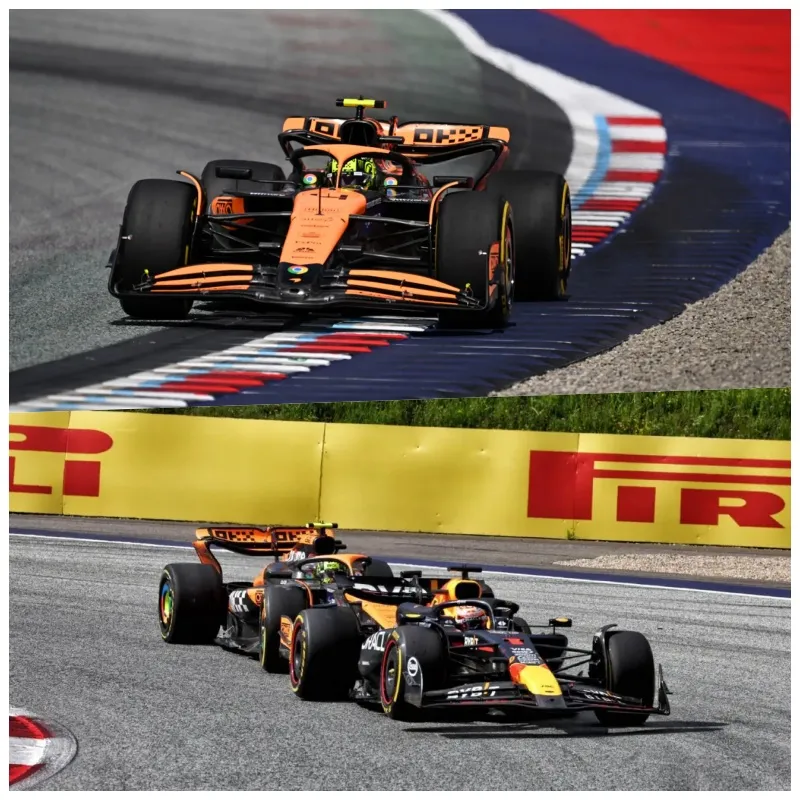
This momentum traces back to upgrades on the MCL38 introduced at the Miami Grand Prix. Since then, McLaren has consistently improved, narrowing the performance gap with Red Bull and halting their season-long dominance. Red Bull, however, has struggled to address the RB20’s limitations, which Verstappen vocalized during the Dutch Grand Prix: “It’s been the same from FP1 to the race. Our limitations are clear, and the issue is tough to solve right now. We’re too slow and experiencing rapid tire wear.”
Unusual for Red Bull, their response to the RB20’s challenges has been slower than in previous seasons. The team even experimented with setting up Verstappen’s and Sergio Perez’s cars differently, trying to address the problem through varied approaches. Given McLaren’s progress, Red Bull aimed to preserve tire life in their setup, expecting high degradation levels. However, the actual wear was lower than anticipated, leaving Verstappen’s car underpowered, particularly on the straights, and allowing Norris to clinch the fastest lap of the race.
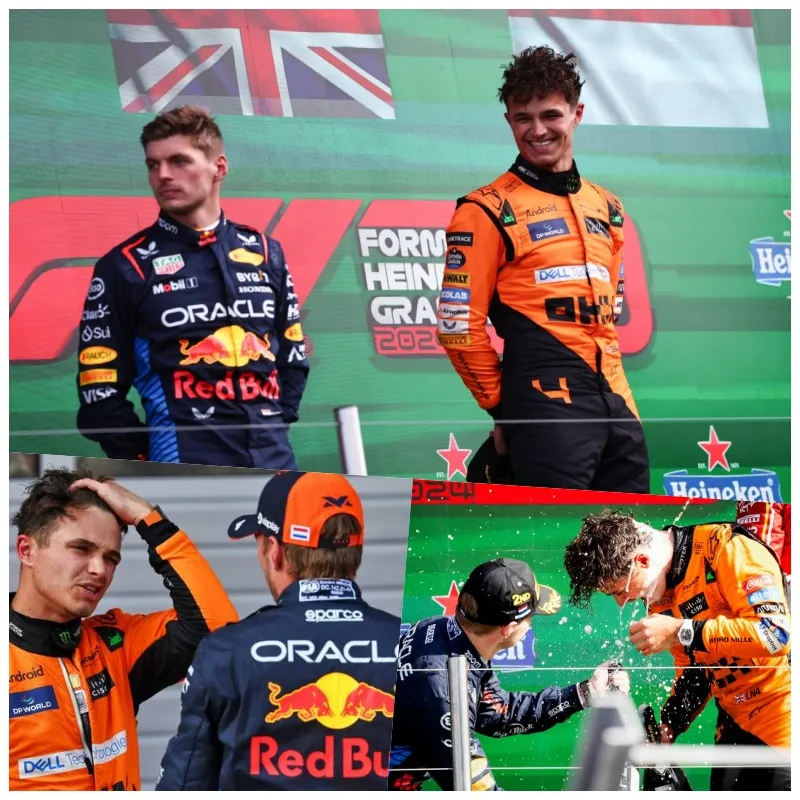
Red Bull’s CEO Christian Horner admitted the setup mistake, explaining, “We gambled by maximizing downforce, assuming high tire degradation. In hindsight, that was probably not the best choice.” He acknowledged that the low tire wear left Verstappen’s RB20 unable to match McLaren’s speed, especially on straights, while Perez, with a setup more focused on speed than tire management, fared better in the latter half of the race.
Horner also emphasized the team’s focus on learning from their approach, leveraging the data gathered from running both cars with differing setups. This data, along with Verstappen’s input, will guide Red Bull’s adjustments for the RB20 moving forward as they work to regain the competitive edge that has defined their recent seasons.
